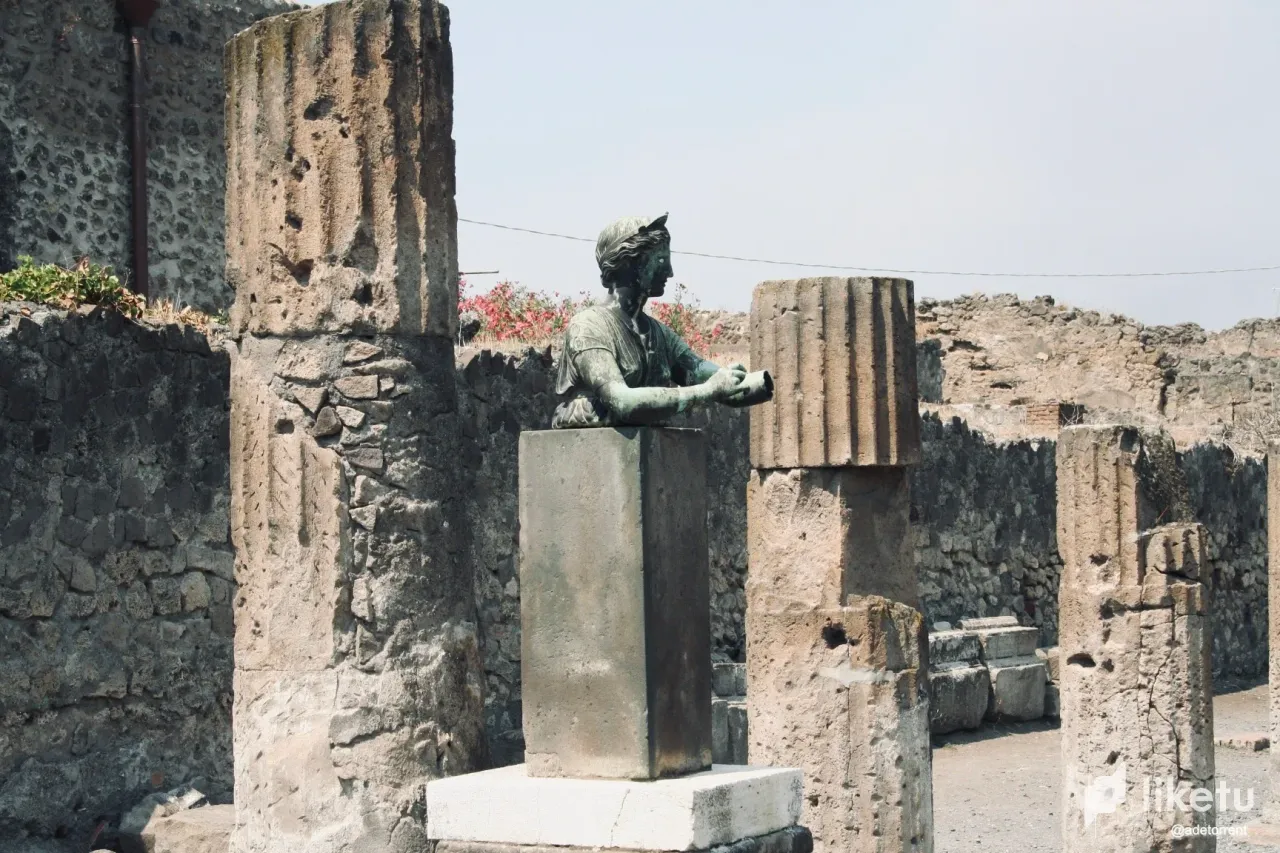
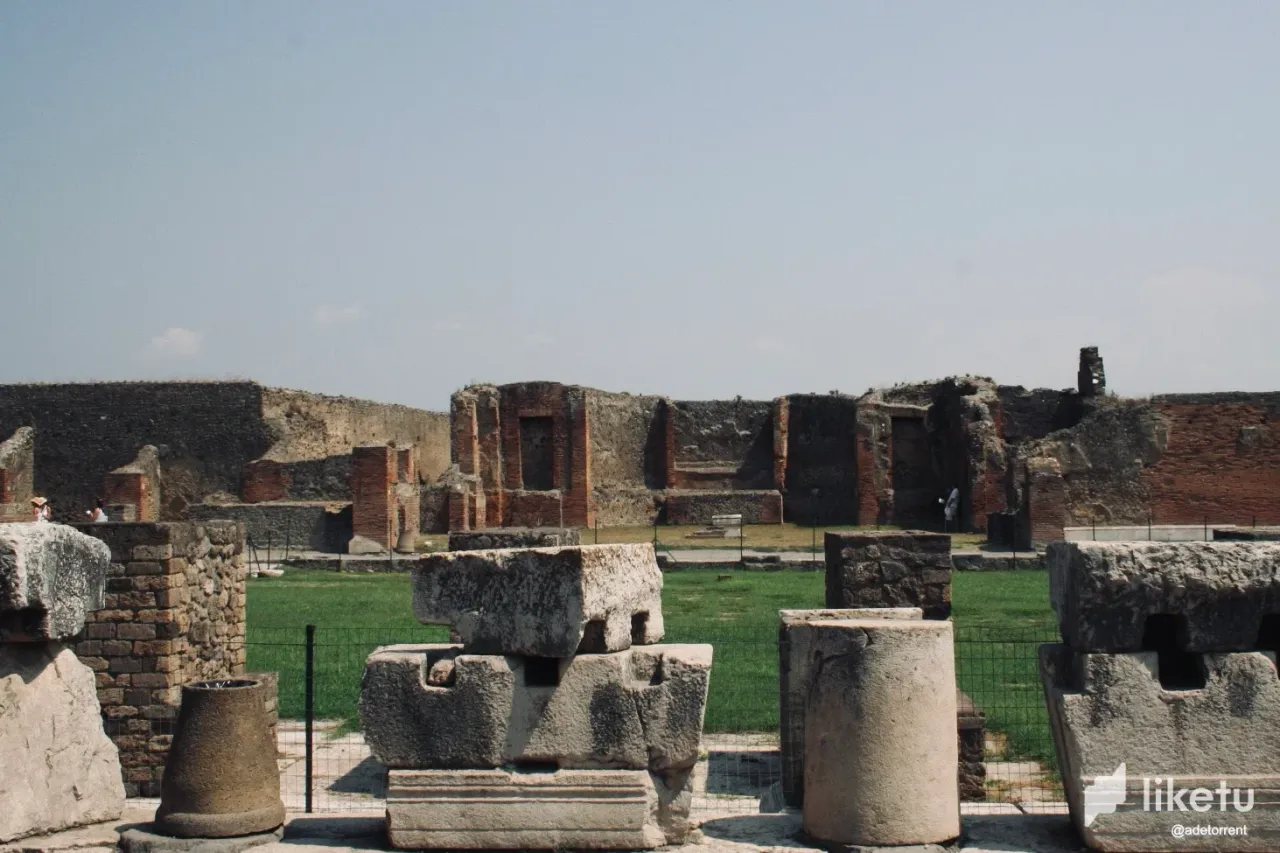
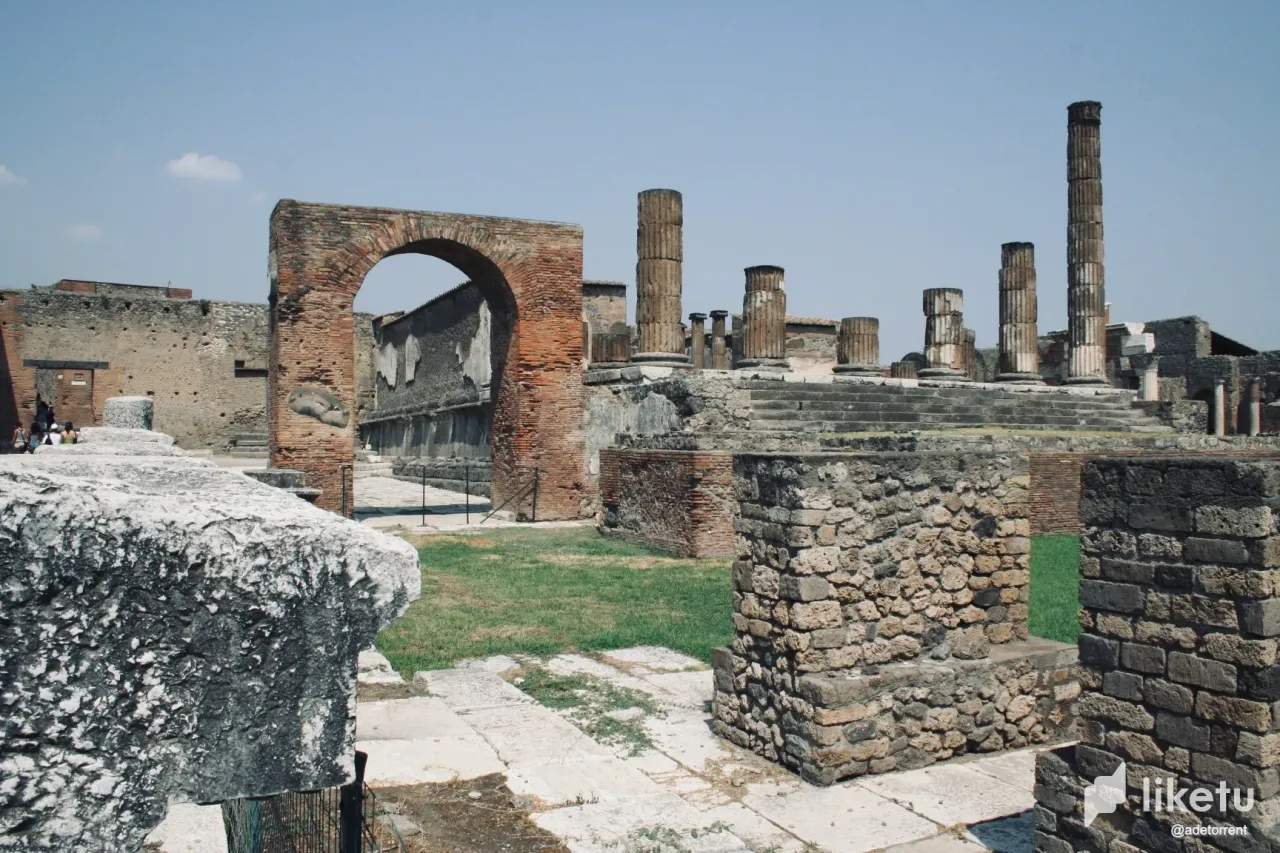

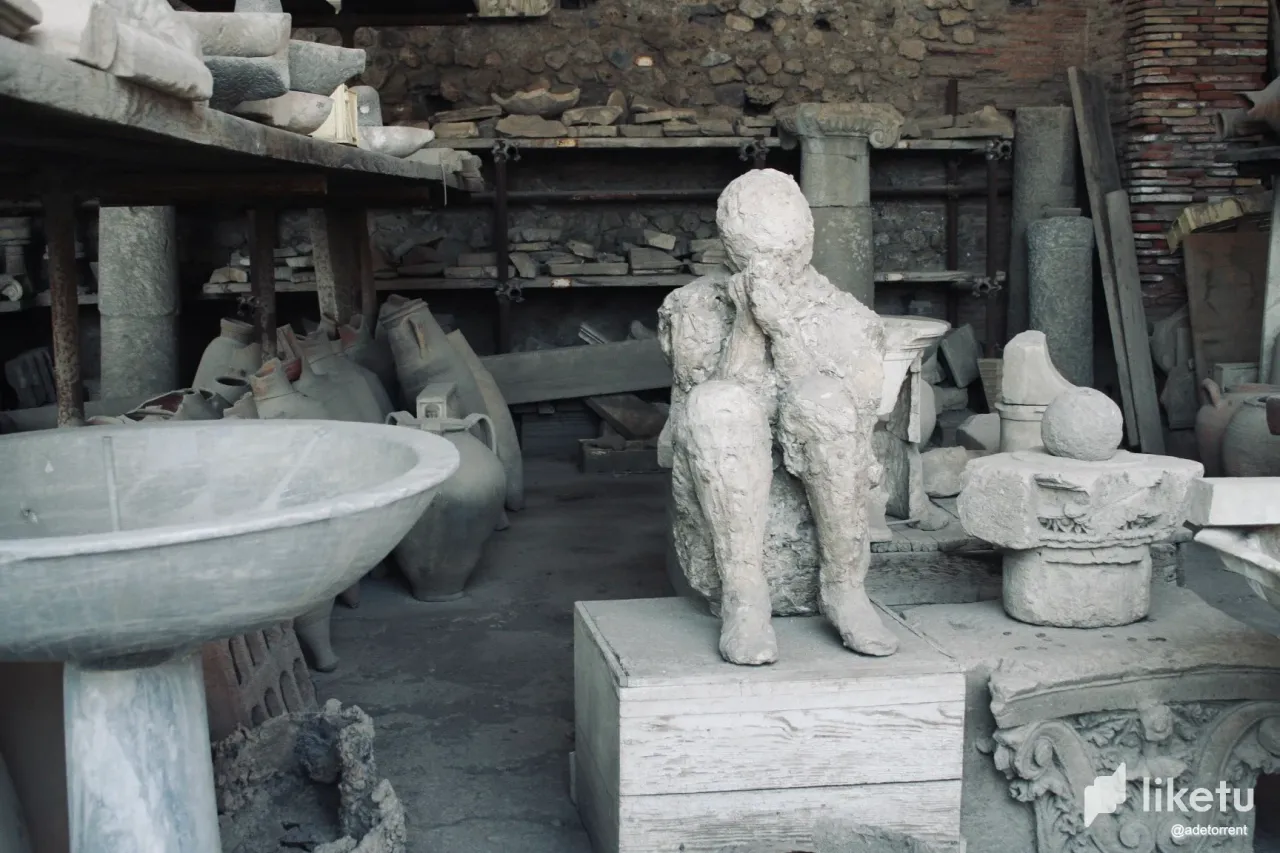
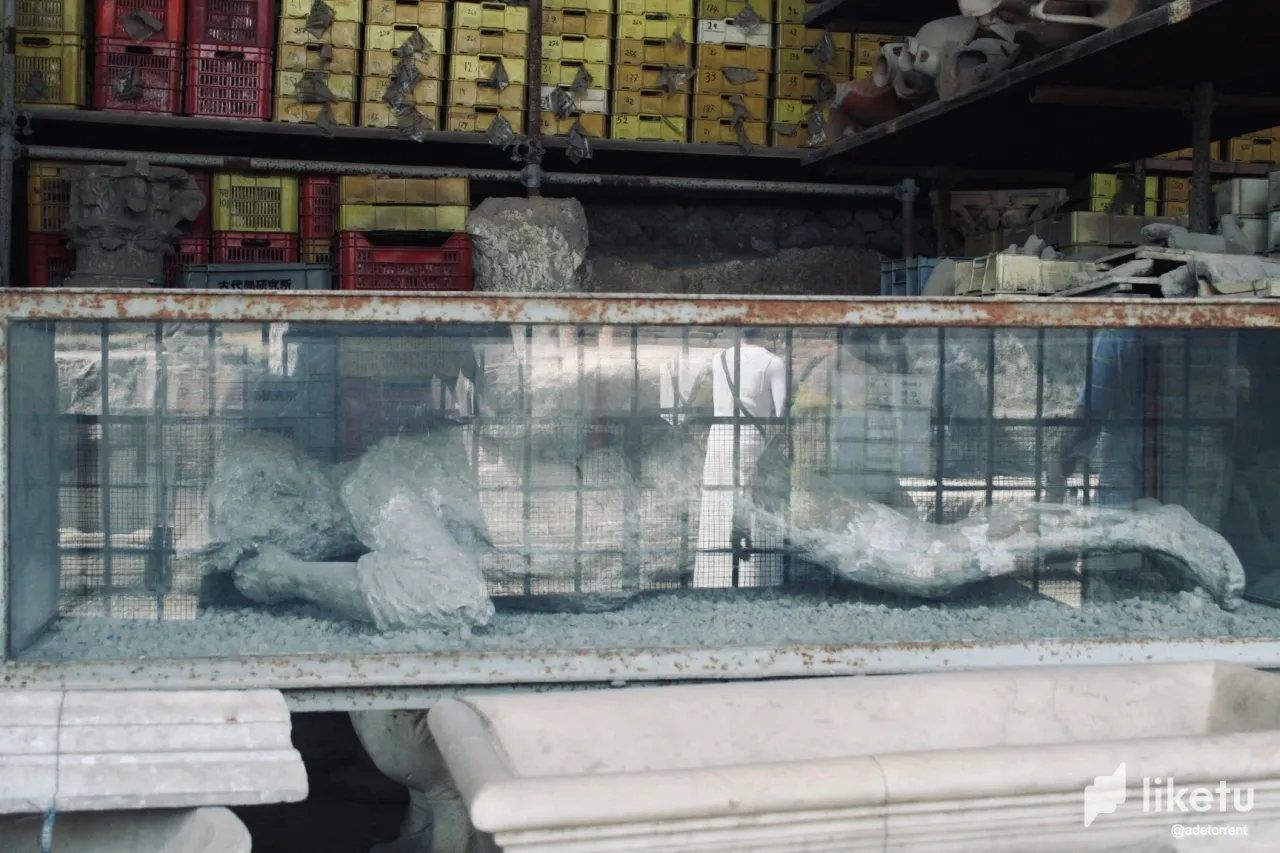
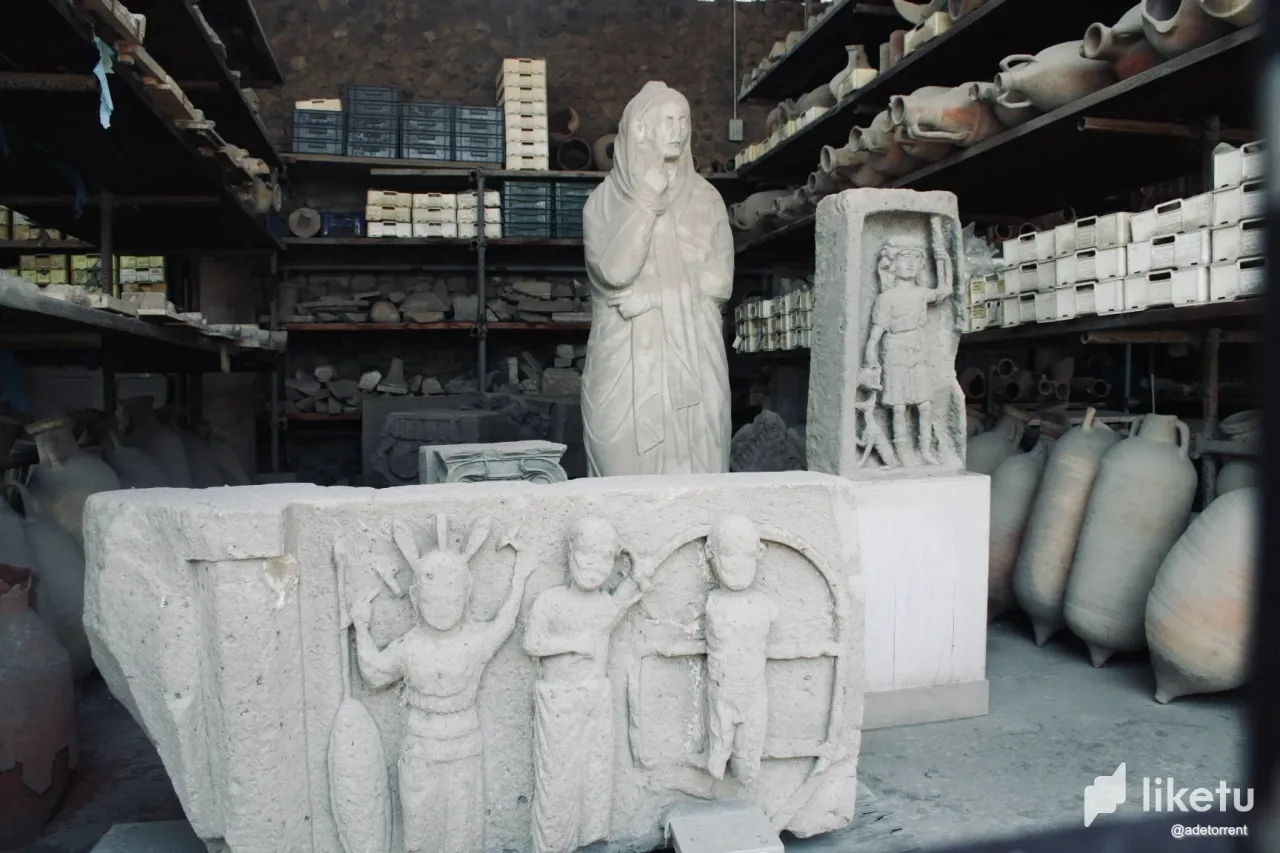
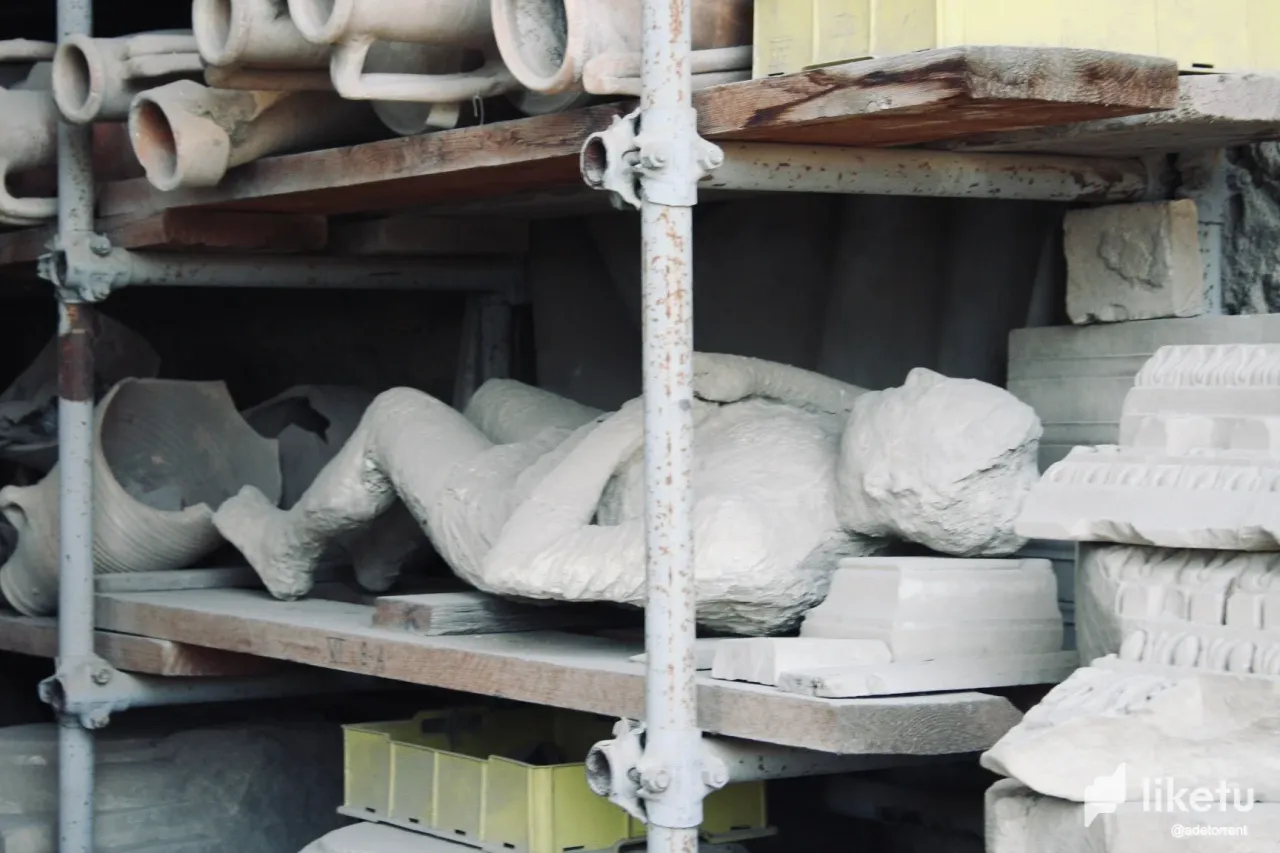
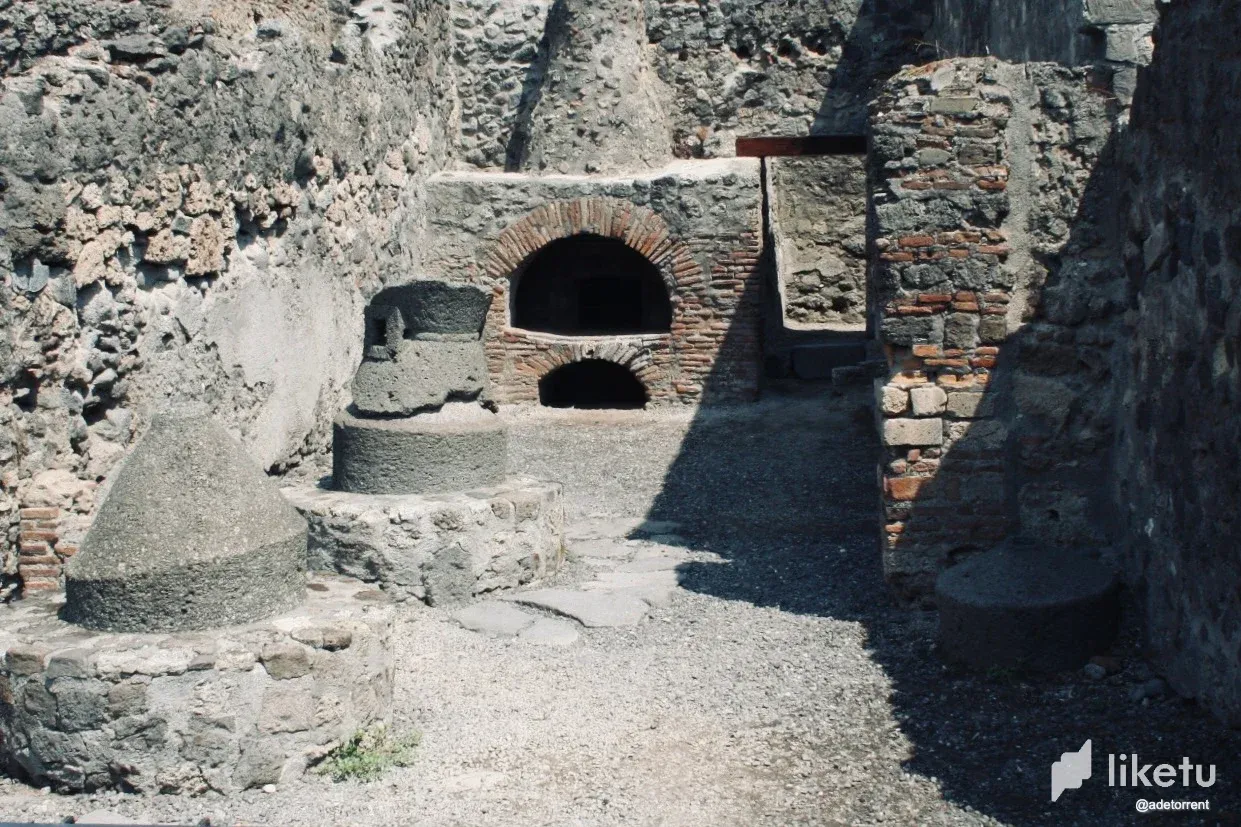
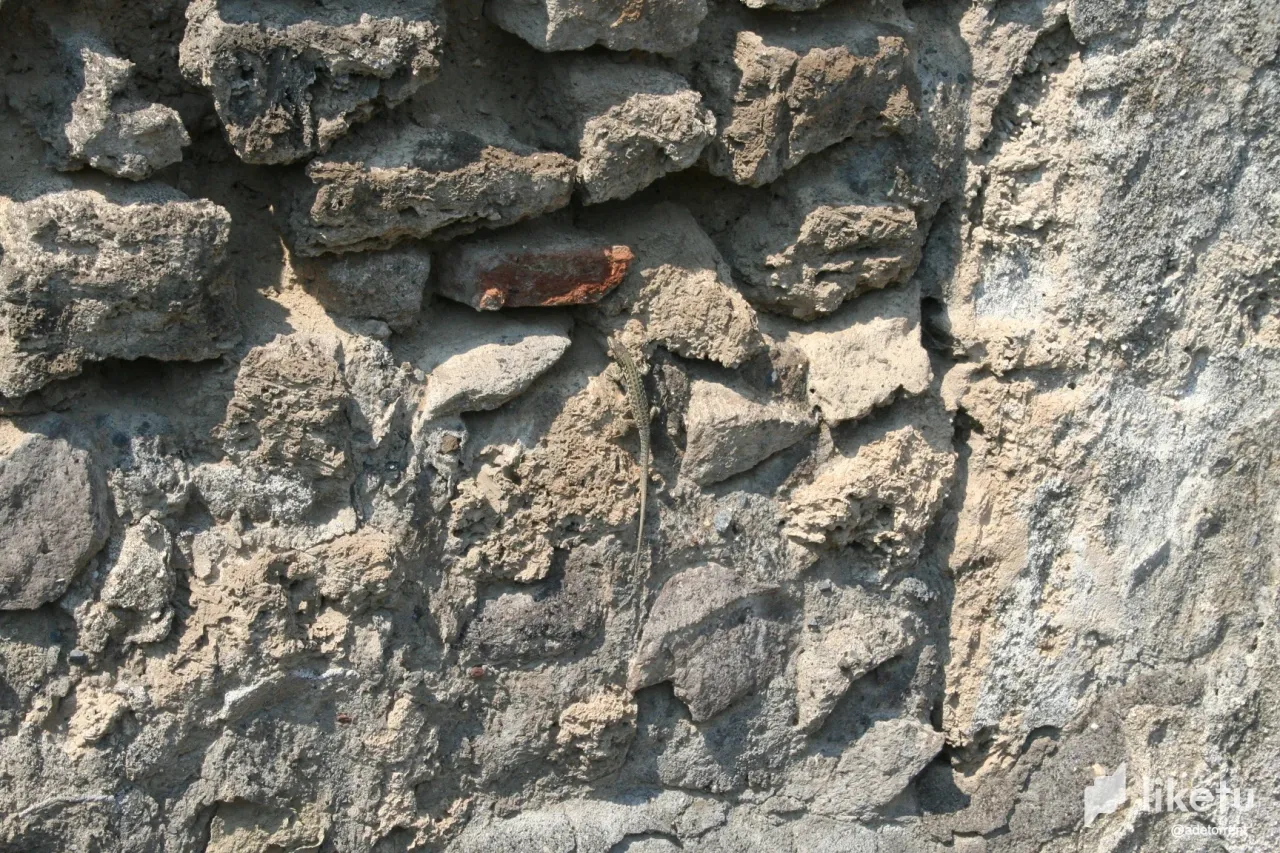
Pompeii 14 Years Ago
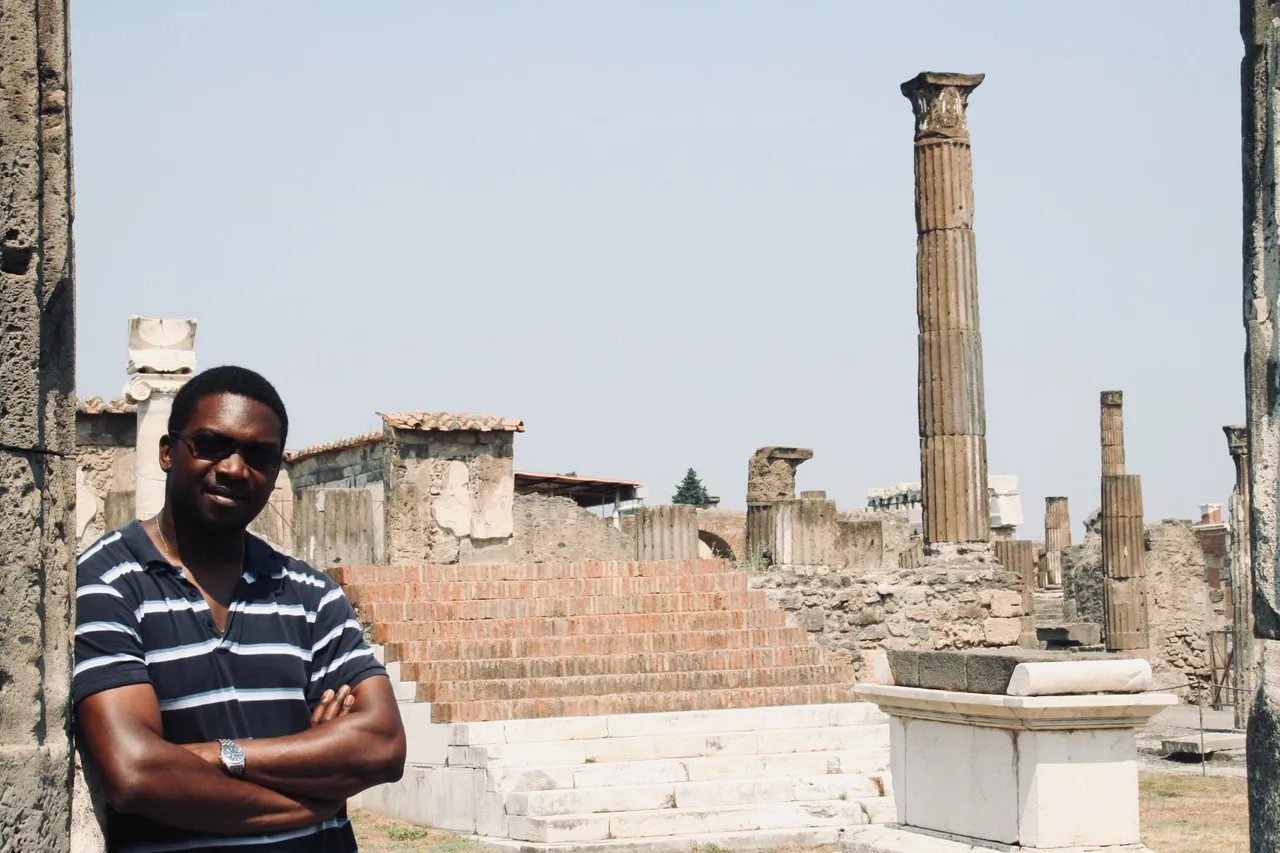
Today I'm feeling a little bit nostalgic, as I'm thinking about a trip I took to Pompeii 14 years ago. It's crazy to think that so much time has passed since I had this amazing experience, but it's also incredible to look back on the memories and realise how much I learned from this trip. Also, I actually went to Napoli and saw Pompeii in the distance while at the roof top of my hotel (That's where the swimming pool was). It was then I decided to go check it out. Funny thing is, up until then, most of what I knew about Pompeii was from a cheesy British comedy series "UP Pompeii". Goes without saying that it was neither historically nor scientifically accurate in any way 😂
First of all, a little bit about Pompeii. For those who don't know, Pompeii is an ancient Roman city that was buried under volcanic ash when Mount Vesuvius erupted in AD 79. It was rediscovered in the 18th century and has since become a UNESCO World Heritage Site and a popular tourist destination. It was that mountain that I saw from the roof tops that triggered my interest.
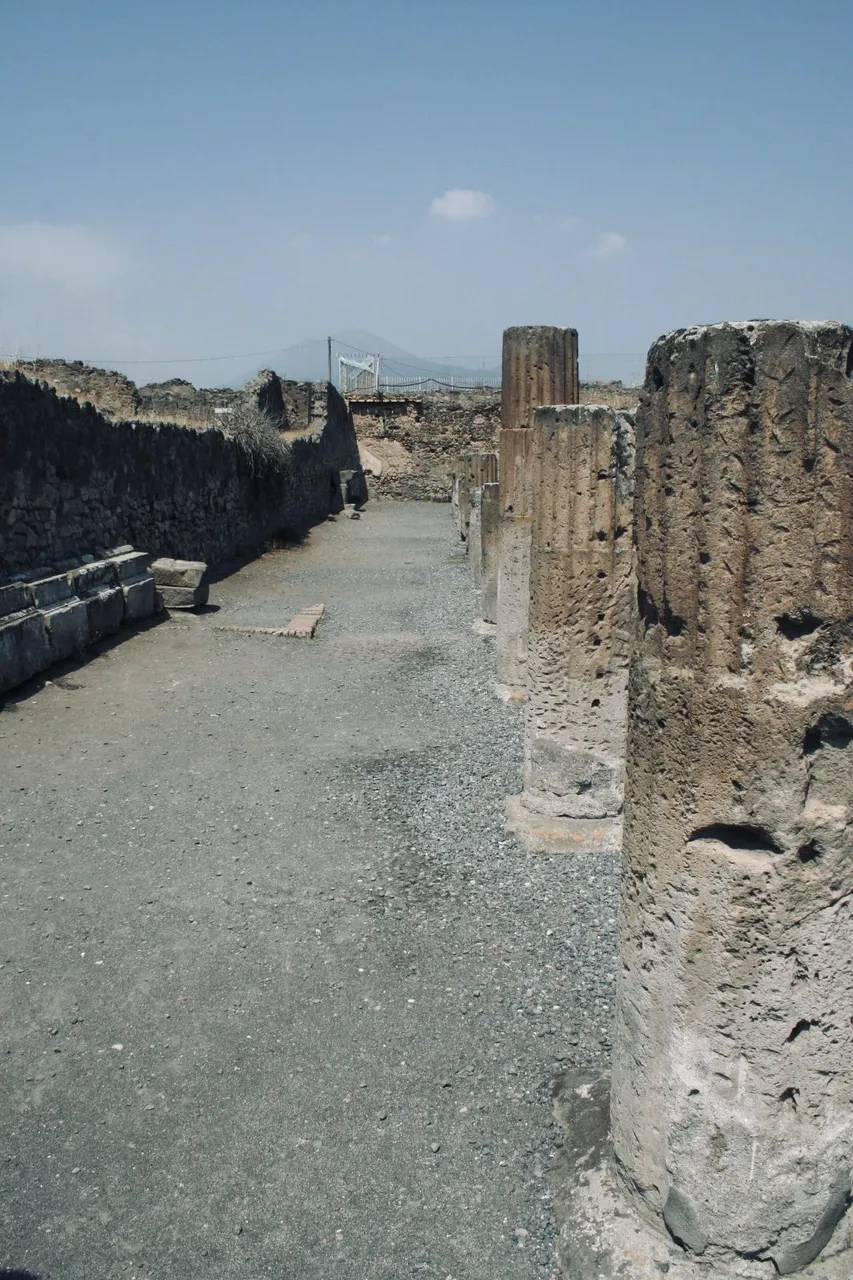 | 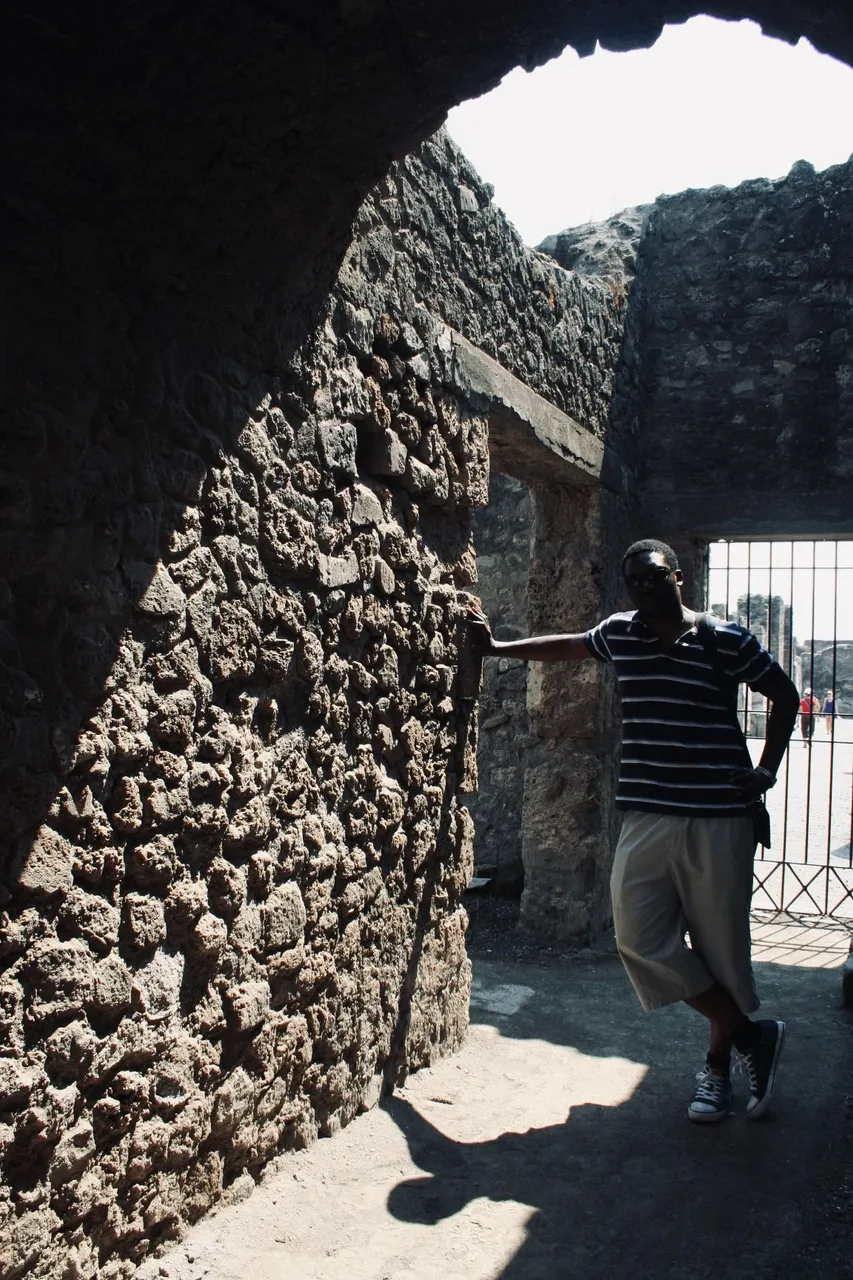 |
|---|
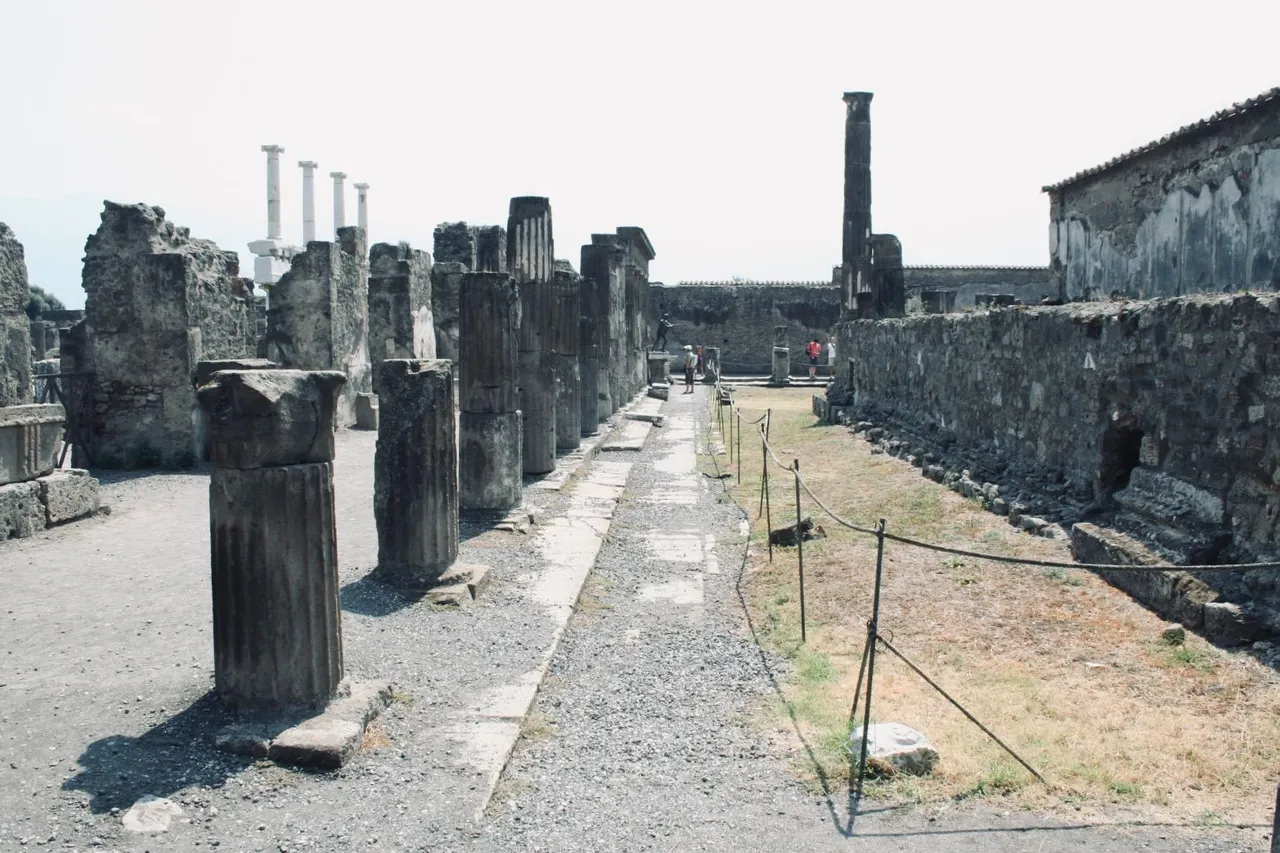
One of the things that struck me the most about Pompeii was how well-preserved many of the buildings and artefacts were. For example, we saw frescoes on the walls of some of the homes that were still brightly coloured, despite being almost 2000 years old. It was amazing to think about the skill and artistry that went into creating these works of art, and how they had survived for so long. I mean, if this had happened to Nazareth, Bethlehem or Galilee, we'd probably still have the very donkey on which Jesus Christ supposedly rode. Heck, some of the palm fonts held by the "Hosana in the highest" crowd might have been preserved too.
 | 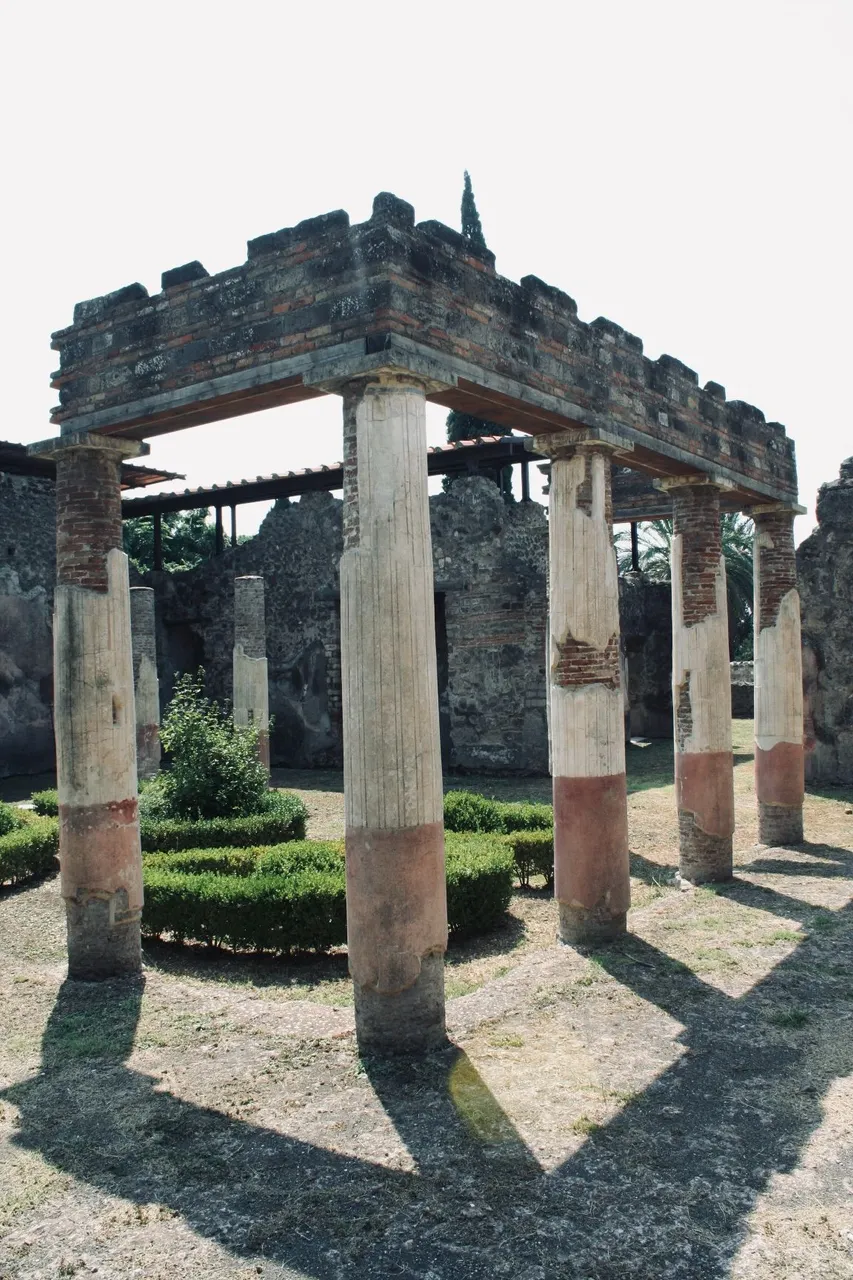 |
|---|---|
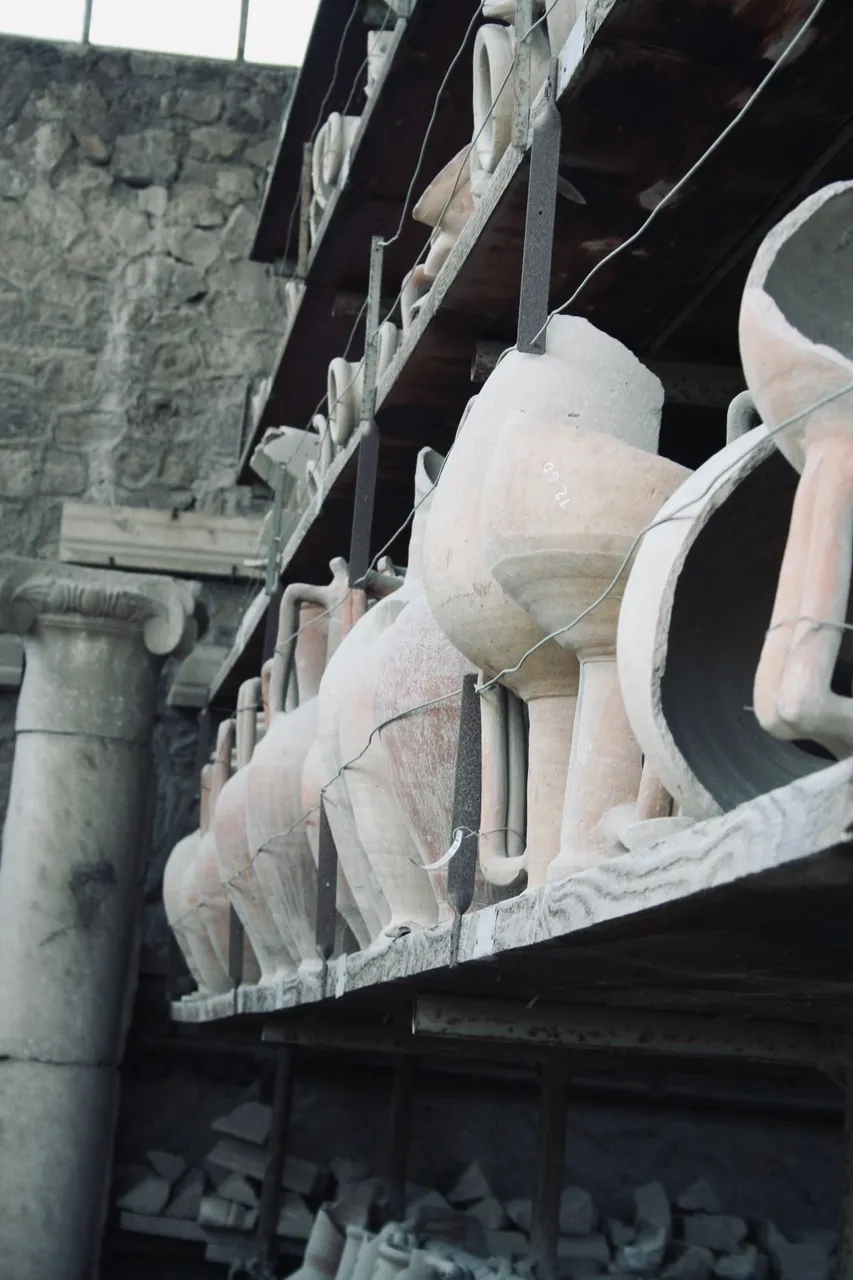 |  |
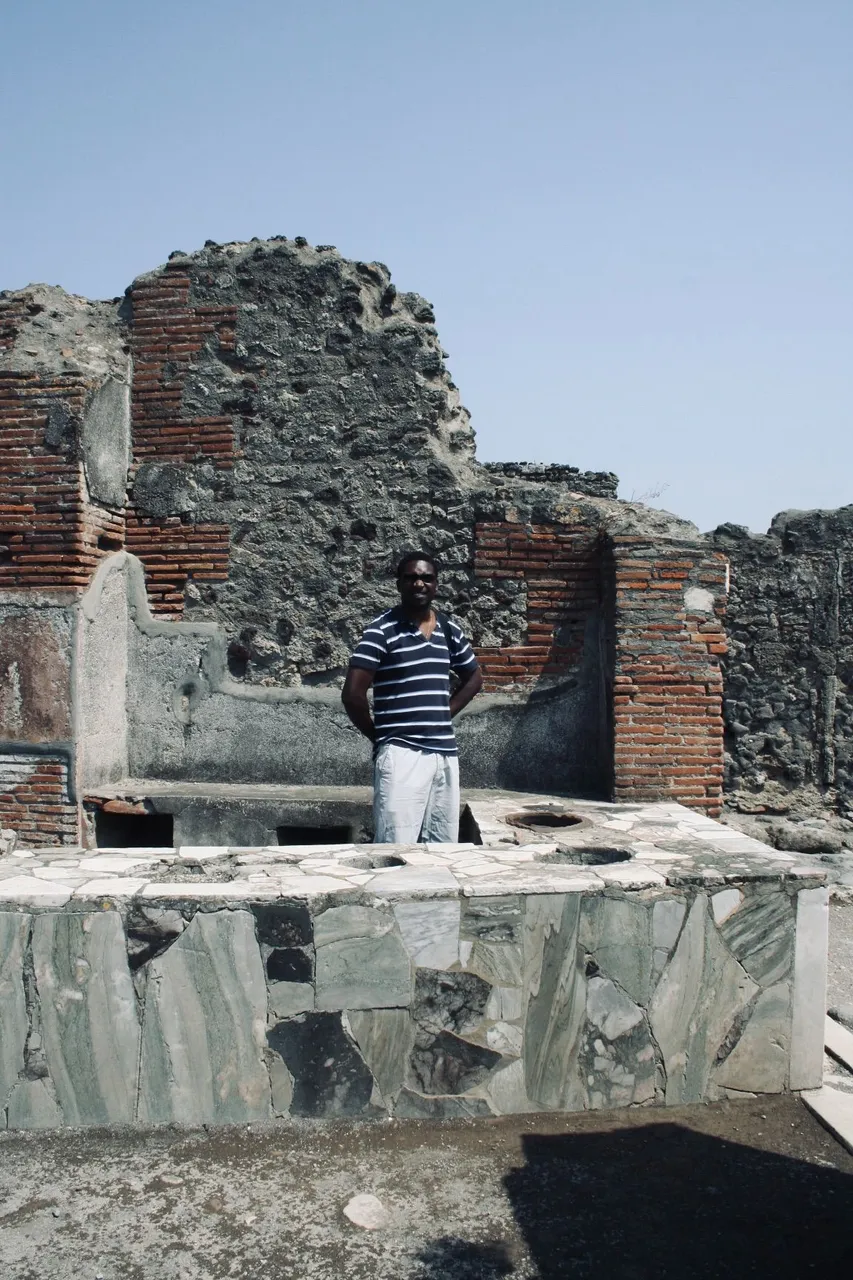 | 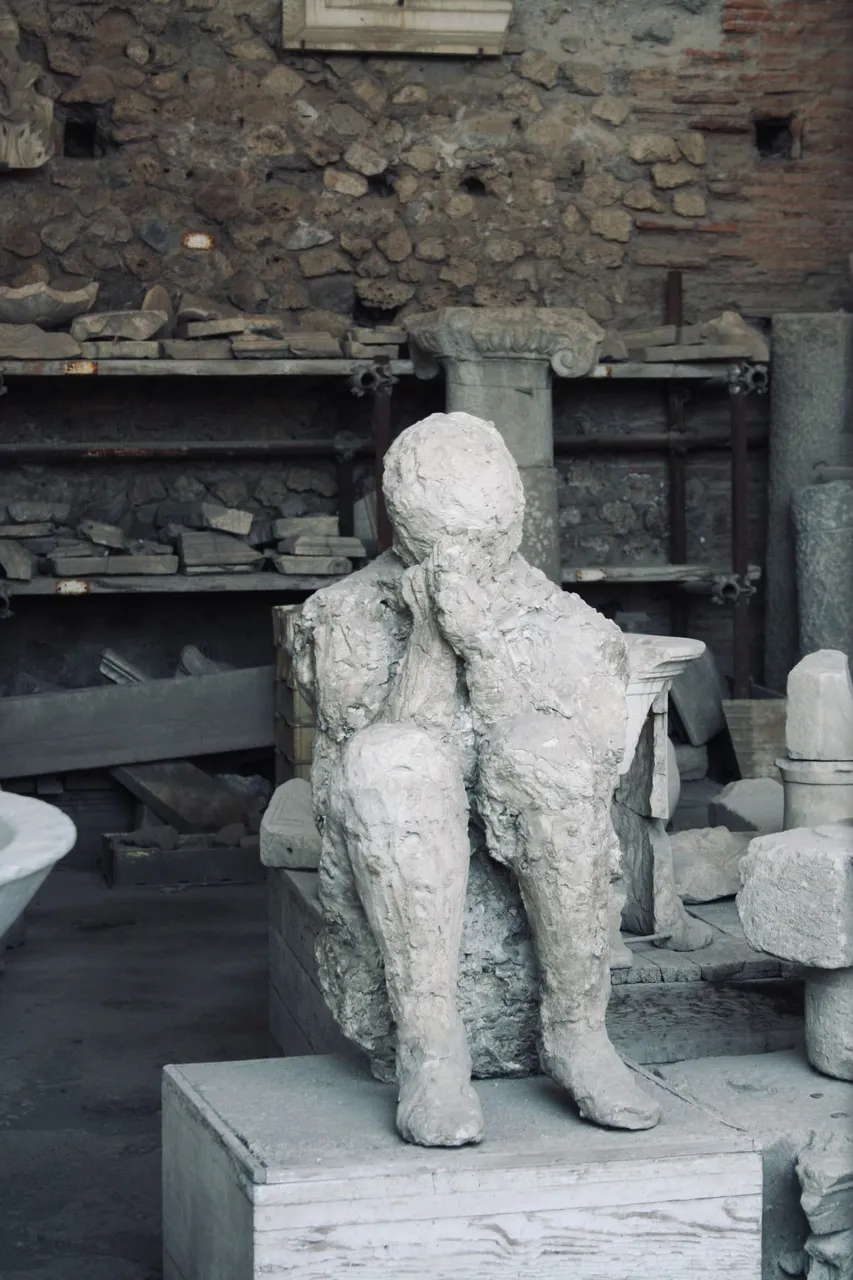 |
Another thing that really stood out to me was the sheer size of the city. Pompei was a thriving metropolis in its day, with an estimated population of around 20,000 people. It was amazing to see the infrastructure and architecture that supported such a large community, from the amphitheaters to the public baths to the elaborate homes of the wealthy. We are talking 2,000 years ago, and they had what looked like apartments arranged pretty much in a similar way to what we see today. You can see me standing in someone's Kitchen in one of the above photos in front of what looks like four holes (fire pits?) for holding hot coal and other functions. Obviously the roof is gone now, thanks to the volcano, but look at the beautiful marble walls!
They also had paved streets, town centres with bakeries, pharmacies, barber shops, baths, launderettes, gardens and so on. They even had a posh end of town with more affluent buildings with larger rooms, and a, well, ghetto end of town with fewer and less sophisticated facilities.
To put things in perspective, this was just before the Roman invasion of Britain. The average person here would have lived in a small to medium sized tribe or clan in relatively isolated groups of thatched roundhouses which, while being in perfect harmony with nature, were very rudimentary. People answered nature's call in the bushes and washed their clothes, if ever, when they encountered a stream or river. Soap wasn't a thing back then so any cleaning agent would have been something natural, or just hot water.
It was truly an eye opening experience. It was my first proper visit to Italy. Prior to that, I'd only spent transit hours at various airports; Milan, Rome, e.t.c. I've since visited Italy several times since; Venice, Rome, Sorento, and many more.
Peace & Love,
Adé